Heat Pump Recovery Thermostat: Temp Profile Not What I Expected
ColdMotive
11 years ago
Related Stories
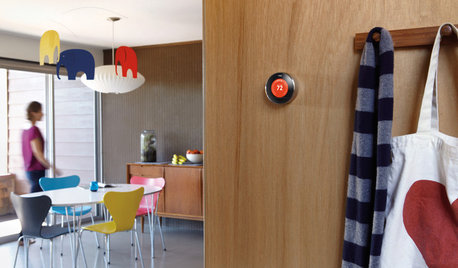
HOME TECHWhy Google Just Paid $3.2 Billion for a Company That Makes Thermostats
Smart home technology just got a new champion — and everyone is speculating about the reasons
Full Story
FLOORSIs Radiant Heating or Cooling Right for You?
Questions to ask before you go for one of these temperature systems in your floors or walls (yes, walls)
Full Story
BATHROOM DESIGNWarm Up Your Bathroom With Heated Floors
If your bathroom floor is leaving you cold, try warming up to an electric heating system
Full Story
FLOORSWhat to Ask When Considering Heated Floors
These questions can help you decide if radiant floor heating is right for you — and what your options are
Full Story
GREEN BUILDINGHouzz Tour: Passive House in Vermont Slashes Heating Bills
Its ecofriendly, low-maintenance design leaves a family with more time to relax and enjoy the weekend home
Full Story
GREAT HOME PROJECTSHow to Add a Radiant Heat System
Enjoy comfy, consistent temperatures and maybe even energy savings with hydronic heating and cooling
Full Story
LIFEHow to Prepare for and Live With a Power Outage
When electricity loss puts food, water and heat in jeopardy, don't be in the dark about how to stay as safe and comfortable as possible
Full Story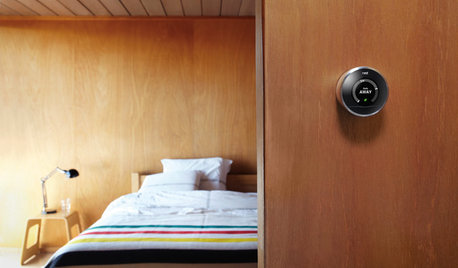
ACCESSORIESEveryday Home Must-Haves Beg for a Makeover
The Nest's much-improved take on the thermostat has us pondering reinventions of other necessities around the house
Full Story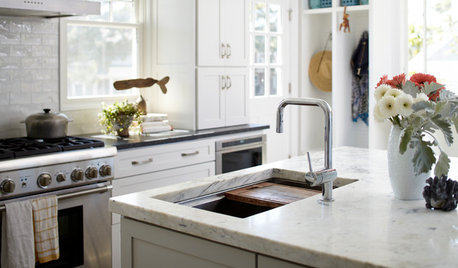
KITCHEN DESIGNKitchen of the Week: Double Trouble and a Happy Ending
Burst pipes result in back-to-back kitchen renovations. The second time around, this interior designer gets her kitchen just right
Full Story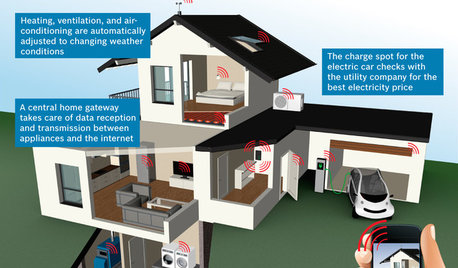
THE HARDWORKING HOMECES 2015: Inching Toward a Smarter Home
Companies are betting big on connected devices in 2015. Here’s a look at what’s to come
Full Story

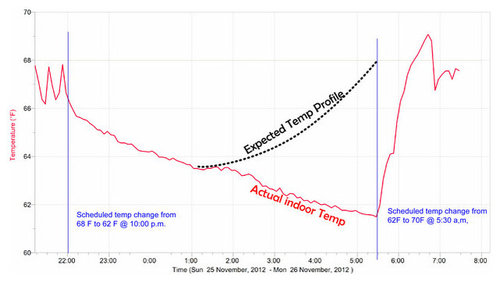
SaltiDawg
mike_home
Related Professionals
Chanhassen Solar Energy Systems · Quincy Solar Energy Systems · Selma Solar Energy Systems · Franklin Solar Energy Systems · Chattanooga Home Automation & Home Media · Gages Lake Home Automation & Home Media · Massapequa Home Automation & Home Media · Pittsburgh Home Automation & Home Media · Plainview Home Automation & Home Media · Riverdale Home Automation & Home Media · Washington Home Automation & Home Media · Wilmington Home Automation & Home Media · Columbine Fireplaces · North Ogden Fireplaces · Palo Alto Fireplacesdadoes
weedmeister
ColdMotiveOriginal Author
weedmeister